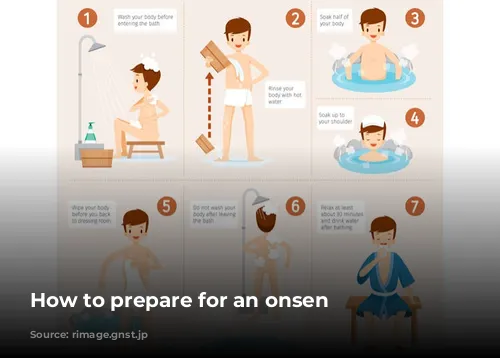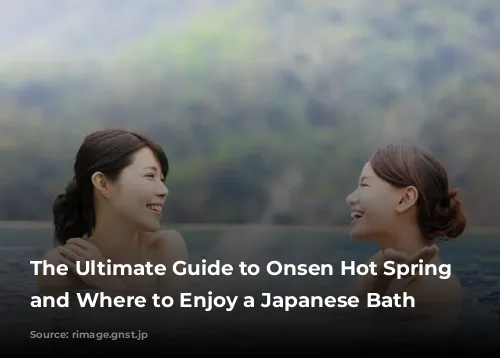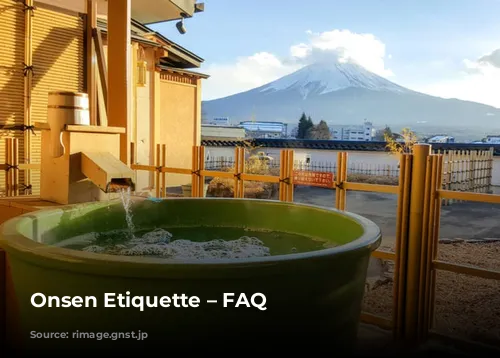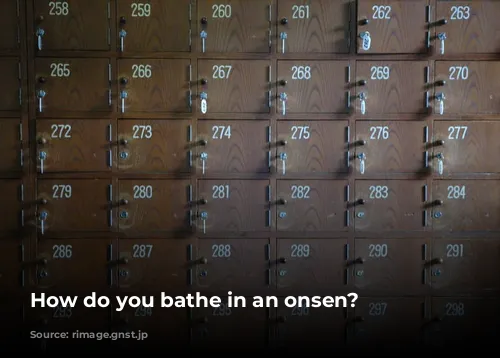Welcome to the world of onsen, a journey of relaxation and rejuvenation that’s deeply rooted in Japanese culture. Imagine yourself sinking into a steaming, mineral-rich bath, surrounded by the breathtaking beauty of nature. This is the promise of an onsen experience, a tradition that’s been cherished for centuries.
What is an Onsen? Unveiling the Mystery
The word “onsen” translates to “hot spring” in Japanese, referring to natural hot water sources rich in minerals that are known for their therapeutic benefits. From outdoor baths known as roten-buro to indoor baths called noten-buro, there’s a variety of onsen experiences to discover.
What sets onsen apart from a sento? Sento are public baths that don’t utilize naturally sourced hot water like onsen do. Think of sento as the urban version, often found in cities, while onsen are more likely to be nestled in scenic countryside settings.
Spotting an Onsen: Look for the Signs
Identifying an onsen is easy once you know what to look for. Look for a noren, a traditional Japanese fabric curtain hanging at the entrance, or a symbol that resembles steam rising from a hot spring (♨) or the character 湯/ゆ.
While sento might appear similar at first glance, they are typically situated in urban areas rather than rural ones. So, if you spot the “hot bath” symbol in a city, it’s more likely to indicate a sento.
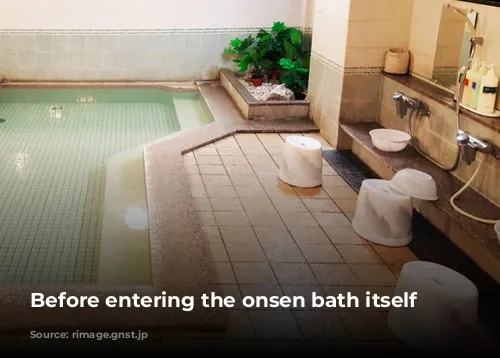
Your Onsen Journey Begins: Preparing for a Soak
The term “onsen” encompasses both the hot spring itself and the accompanying facilities. These are often part of hotels, resorts, or traditional Japanese inns called ryokan.
Before entering, you’ll usually need to purchase a ticket from a vending machine or staff member. Some facilities may require you to remove your shoes at the entrance, providing lockers for storage.
It’s important to note that you can’t take your large luggage into the onsen. It’s best to ask about storage at the reception if needed.
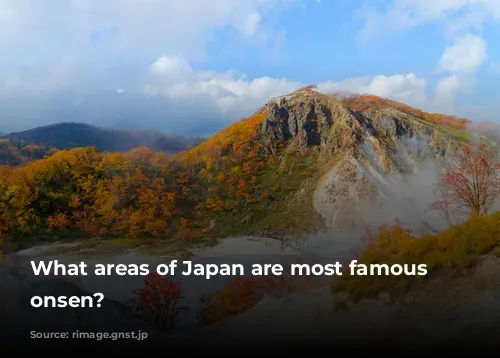
The Changing Room: A Crucial Step
As you prepare to enter the onsen, remember to bring a small towel. Don’t worry if you forget; most onsen will provide towels for a small fee.
Although you can bring a small towel into the bath area, you can’t enter the water with it. It’s a vital part of onsen etiquette.
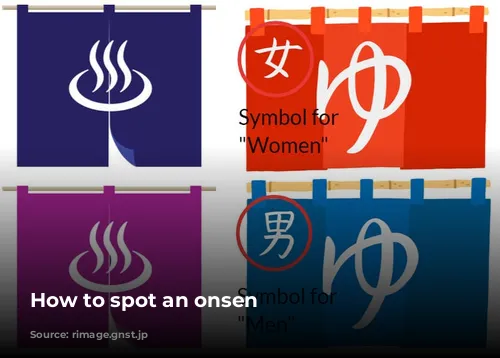
Before Entering the Sacred Waters
Once you’re ready, it’s crucial to wash yourself before entering the onsen bath. This is considered a polite gesture, even though you may observe some people just rinsing off.
If you brought your own soap, make sure to leave it neatly by the shower to avoid inconveniencing other visitors.
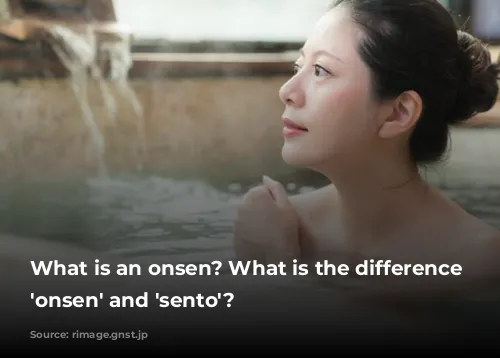
Embrace Onsen Etiquette: Before and After Your Bath
While the previous tips are a good starting point, there are a few unwritten rules that are often overlooked by first-time onsen visitors.
- Respect the Space: Onsen baths are meant to be a peaceful and relaxing experience. Avoid loud conversations and be mindful of others around you.
- Wash Before Entering: Always wash yourself thoroughly with soap and water before entering the onsen bath.
- Towel Etiquette: You can bring a small towel with you into the bath area, but it’s crucial to leave it at the edge of the bath and not enter the water with it.
- Covering Up: Some onsen may provide small towels for covering your body while walking around the bathing area. Always cover yourself, particularly when leaving the bath.
- Tattoos: Unfortunately, some onsen may have policies against individuals with tattoos. This is due to historical associations with organized crime groups. However, many onsen are becoming more welcoming to tattooed visitors.
- Hair: It’s generally recommended to tie up long hair or wear a swim cap.
- No Swimwear: Never wear swimwear in an onsen bath. It’s considered disrespectful to the tradition.
- After the Bath: Rinse off and dry yourself thoroughly after exiting the onsen bath.

Famous Onsen Destinations: Immerse Yourself in the Hot Springs
Ready to explore the best onsen destinations in Japan?
- Kusatsu Onsen (Gunma Prefecture): This is arguably the most famous onsen town in Japan, known for its abundant hot springs and a vibrant atmosphere.
- Hakone Onsen (Kanagawa Prefecture): Nestled in a scenic mountainous region, Hakone offers breathtaking views of Mount Fuji and the serene beauty of Lake Ashi, making it a truly unforgettable onsen experience.
- Kurokawa Onsen (Oita Prefecture): Immerse yourself in the charming atmosphere of Kurokawa, a traditional village with numerous open-air onsen. Experience the tranquility of nature and the warmth of Japanese hospitality.
- Noboribetsu Onsen (Hokkaido Prefecture): Discover the unique volcanic landscape of Noboribetsu, famous for its “Hell Valley” (Jigokudani) and its mineral-rich waters.
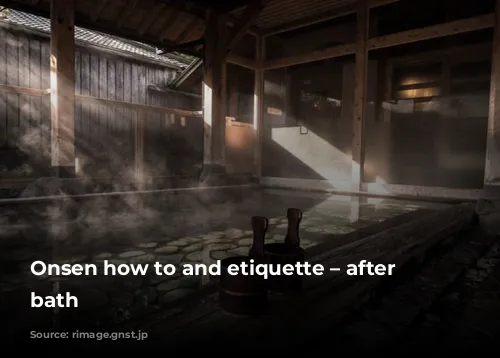
Rejuvenate and Reconnect: The Onsen Experience Awaits
A visit to an onsen is not just about relaxation; it’s about immersing yourself in the heart of Japanese culture. It’s a chance to reconnect with your inner self, surrounded by nature’s beauty. Embrace the tradition, experience the therapeutic benefits, and create lasting memories in the magical world of onsen.
